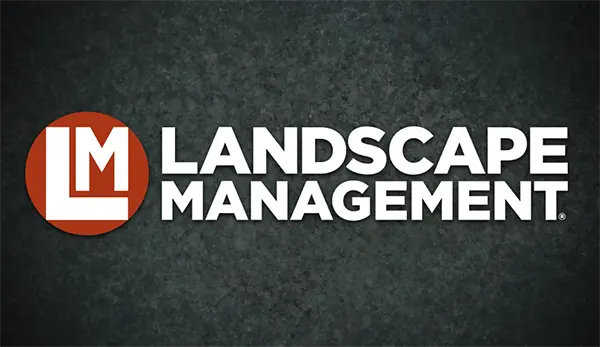We all know that continuous crew training and development is essential to creating and maintaining an engaged, motivated workforce. But doing it right and making it stick is one of a landscape company’s biggest challenges.
Good training programs have been produced and are available from many Green Industry resources that provide companies with relevant, topic-specific direction and advice. But what I see when I visit field crews is not that there’s a lack of training material, but that the trainees are often not implementing what they’ve been taught. This is not only frustrating; when crews gradually drift back to old habits there’s a loss of tangible returns on lean management or other process efficiency initiatives.
Part of the problem is human nature. Research suggests that we forget most of what we learn after only a few days.
The other part of the problem is management’s assumption that, if trained, employees will do it the way they’re trained. When that approach does not work out, management assumes the worst. In truth, training requires constant monitoring, reinforcement, strong communication and clarity on desired outcomes.
Here are 10 best practices to help your field employees grow their skills and competencies, optimize motivation and retain what they learn:
- Set realistic goals and a timeline for progress. Don’t train on too many things at one time, so you can focus on enforcing the new training.
- List expectations for specific outcomes. Does the employee clearly understand what’s expected? Provide information about the why, the how and the link between the new skill and the job and its importance. (For example, working smarter makes working easier.)
- Identify attitudes, skills and tasks necessary for advancement to give your crews long-term focus. Your laborers of today may be your project managers of tomorrow. These could include, but are not limited to:
– Being safe with grounds equipment: using the right tool for the right job.
– Mastering new equipment-operating skills.
– Understanding your expectations for quality and learning how to recognize and deliver it.
– Learning basic landscape installation practices, planting techniques and horticultural expertise.
– Knowing systems and procedures and following them; troubleshooting or reporting when they’re not followed.
– Taking pride in your company.
– Continuous learning (offer certification opportunities through associations, OSHA safety courses, first aid/CPR, etc.) - Hold regular training sessions to reinforce skills. Retention increases exponentially when employees experience training and learn new skills with ongoing follow-up and measurement.
- Provide rewards and recognition as a result of the employee’s application of the training and opportunities for progressive advancement or incentives/bonuses for improved performance, production and learning.
- Instill the notion that supervisors are role models. Train supervisors and managers and set expectations for training others so they can model the appropriate behavior.
- Support the training process by observing your crews and acknowledge positive results of training. Discourage old habits with appropriate, progressive discipline.
- Use peer mentoring as a powerful way to transfer experience, skills and wisdom.
- Develop training tools and policies that encourage “learn by doing” with supporting visuals, demonstrations and handbooks in both English and Spanish.
- Build training programs on a foundation of trust and respect. Understand how culturally diverse backgrounds can influence perception; encourage trainers to build rapport and listen as well as teach—and to be respectful at all times.

